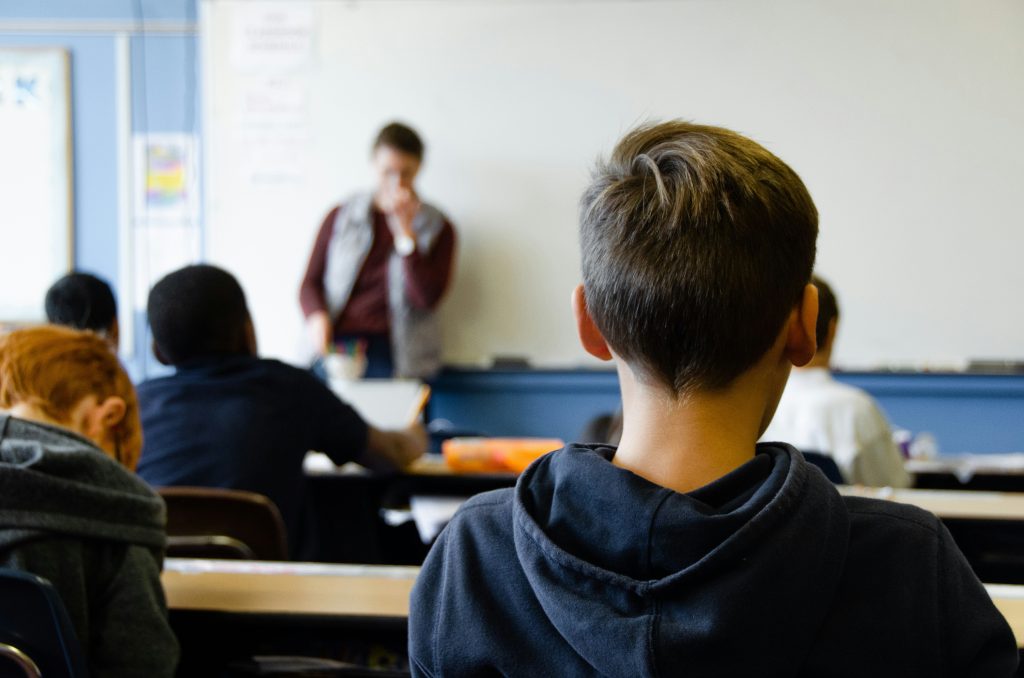Understanding Autism Learning Styles: Setting the Right Educational Approach
For many parents of children with autism, choosing the right educational path can feel like trying to solve a puzzle without all the pieces. You want your child to feel safe, supported, and seen, but most importantly, you want them to learn in a way that works for them.
And, as you have noticed, traditional classroom settings often aren’t built with neurodiverse learners in mind.
Learning, especially for students with autism, isn’t one-size-fits-all. Children on the autism spectrum may experience the world through a different lens, and that means their educational environment must adapt. Understanding how to create that environment begins with recognizing not only how your child learns, but also what they need to feel regulated, respected, and ready to grow.
A School Environment That Understands Autism
Children with autism often face unique challenges in a classroom: sensory sensitivities, communication differences, difficulty with transitions, or anxiety in social settings. That’s why a school that specializes in autism support should do more than teach academics. It should provide a whole-child approach that supports emotional, sensory, and behavioral needs alongside learning.
This looks like:
- Smaller class sizes with low student-to-teacher ratios
- Predictable routines that help reduce anxiety
- Calming spaces for sensory breaks when needed
- Visual schedules and communication supports throughout the day
These aren’t just extras; they’re essential for creating a setting where autistic children can focus, participate, and thrive.
Individualized Instruction That Meets Each Student Where They Are
Children on the autism spectrum bring a variety of strengths, preferences, and ways of processing the world. Some are deeply visual thinkers. Others learn best by doing, moving, or listening. Even within autism, no two children are the same, and that’s why there’s no single method that works for everyone.
An effective educational setting takes the time to truly understand how a child learns, not just what they need to learn.
Each student needs an individual learning plan that’s shaped around their unique profile. That means educators and support staff consider the whole child: their communication style, social-emotional needs, areas of interest, and natural learning tendencies. From there, strategies are thoughtfully chosen to support growth at a pace that’s right for them.
This could include:
- Visual aids and schedules for children who benefit from seeing what comes next
- Hands-on activities for students who thrive through movement and touch
- Built-in speech and occupational therapy, offered in ways that feel natural during the day
- Gentle behavioral supports that focus on encouragement, not correction
This kind of responsive, individualized approach isn’t just about helping a child succeed in school; it’s about helping them feel seen, safe, and supported in who they are.
Structure and Flexibility: A Foundation for Confidence
For many students with autism, feeling safe and supported begins with knowing what to expect. Predictability in the school day—knowing how the morning will begin, when meals or breaks will happen, and what comes next—can bring a deep sense of calm and security. That kind of structure reduces anxiety and helps students focus their energy on learning and engaging with those around them.
But structure alone isn’t enough. Children also need room to move at their own pace, to process information in a way that makes sense to them, and to step away when things become overwhelming. A truly supportive environment balances consistency with the flexibility to adapt to a child’s needs in the moment.
This might mean allowing extra time to transition between activities, adjusting a lesson so that it includes more visual cues or movement, or providing space for a child to revisit a concept more than once. It might also involve recognizing when a child needs a sensory break or a quieter environment to reset.
When students are met with both structure and understanding, they’re more likely to feel safe, and when they feel safe, they’re more likely to engage, grow, and take meaningful steps forward in their learning journey.
Teaching Life Skills, Not Just School Skills
For children on the autism spectrum, education must be more than academics; it should prepare them for everyday life. While reading, writing, and math are important, so too are the skills that help children navigate relationships, manage daily tasks, and grow into more independent individuals.
They may need intentional support in developing communication strategies, whether that’s using spoken language, assistive technology, sign language, or visual systems to express their needs and ideas.
Social development is also a key focus. Learning how to initiate and maintain conversations, read body language, or take turns in a game are skills that many children absorb naturally, but that may need to be explicitly taught and practiced for a child with autism.
Life skills education often includes basic self-care routines, like getting dressed, managing personal hygiene, or organizing materials for school. These tasks, while simple for some, can be overwhelming for others and require repeated, patient instruction in a supportive environment.
As children grow older, their needs evolve. Vocational training, job readiness, and opportunities for hands-on learning in real-world settings become essential. Community-based learning, such as supervised outings or internships, helps them transition from the classroom to life beyond it.
A whole-child educational approach—one that values life skills just as much as academics—creates a foundation that extends far beyond the classroom. It prepares children to participate more fully in their homes, communities, and eventually, their workplaces and social circles, on their own terms.
When schools take the time to support communication differences, accommodate sensory needs, and build structure with flexibility, they create a space where children can truly thrive. And when learning includes life skills, emotional support, and opportunities for meaningful connection, it empowers students to grow with confidence, both in the classroom and beyond.
Every child deserves that kind of learning experience.
If you’re exploring educational options for your child and want to learn more about environments designed specifically for students on the autism spectrum, reach out to us today.
Resources:

